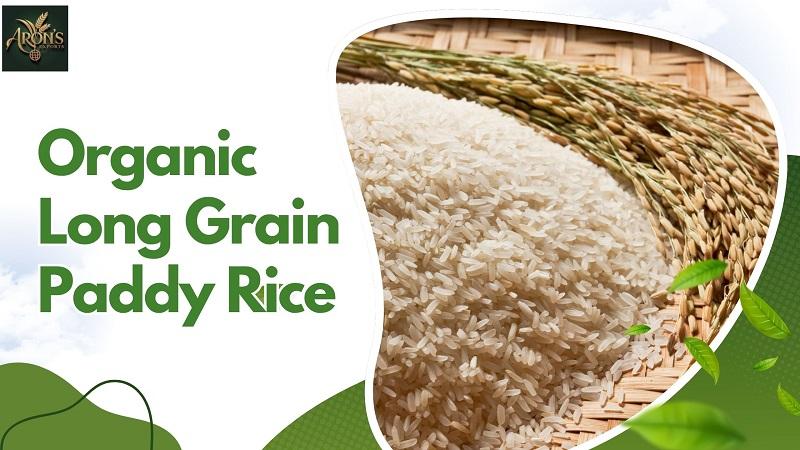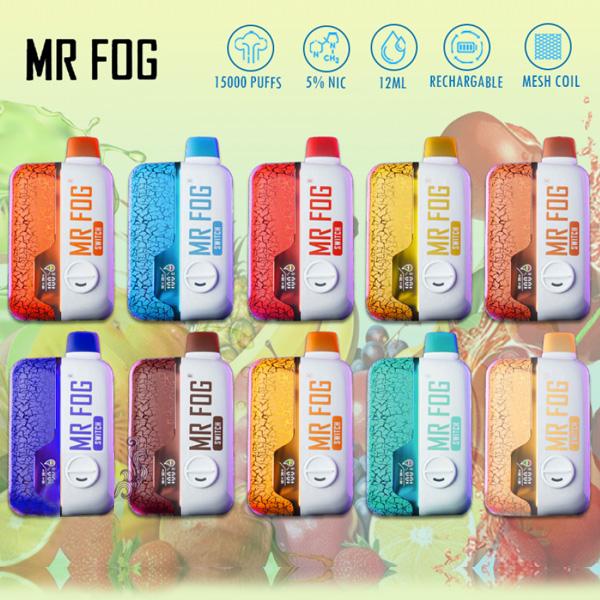How Farmers Produce Premium Organic Long Grain Paddy Rice

In today’s world, where consumers are becoming more conscious about the quality and source of their food, Organic Long Grain Paddy Rice has emerged as a preferred choice among health-focused buyers and international markets. This variety of rice is cherished for its purity, aroma, and nutritional richness. But producing this premium rice isn’t just about planting and harvesting—it’s a meticulous process that involves sustainable farming, careful soil management, and deep agricultural expertise.
Farmers who grow organic rice follow eco-friendly methods that not only preserve the environment but also deliver grains with unmatched taste and quality. Let’s explore how dedicated farmers cultivate premium Organic Long Grain Paddy Rice—from preparing the soil to the final harvest.
1. Selecting the Right Variety
The journey begins with choosing the right rice variety suited for organic farming. Long-grain paddy rice is known for its slender shape, soft texture, and fragrant aroma once cooked. Farmers opt for organic-certified seed varieties that are resilient to pests and diseases, minimizing the need for chemical interventions. These seeds are often sourced from trusted suppliers who specialize in organic seed production, ensuring compliance with organic farming standards.
2. Preparing the Soil Organically
Healthy soil is the foundation of high-quality organic rice. Instead of synthetic fertilizers, farmers use organic compost, cow dung, and green manure to enrich the soil with nutrients. The land is carefully ploughed and leveled to ensure proper water distribution during cultivation.
Microbial activity plays a key role in organic soil preparation. Beneficial microorganisms help break down organic matter, improving soil fertility naturally. Crop rotation is another important technique—farmers alternate rice with legumes or pulses to restore nitrogen levels in the soil. This sustainable approach ensures that the land remains fertile and productive for future planting seasons.
3. Organic Pest and Weed Management
Maintaining pest and weed control without chemicals is one of the biggest challenges in organic rice farming. Farmers rely on traditional yet highly effective methods such as manual weeding, crop rotation, and biological pest control.
To keep pests at bay, they introduce beneficial insects like ladybugs and spiders that naturally prey on harmful pests. Neem oil, garlic spray, and other organic repellents are also used to deter insects without affecting the ecosystem. These natural techniques preserve soil biodiversity and ensure that the final product remains chemical-free and safe for consumption.
4. Water Management and Irrigation
Water is a crucial element in paddy cultivation. However, excessive use of water can harm both the environment and soil health. That’s why organic farmers adopt efficient water management systems like alternate wetting and drying (AWD). This method reduces water usage by maintaining optimal moisture levels without continuous flooding.
Farmers monitor field water levels carefully, ensuring that the rice roots receive enough moisture while preventing waterlogging. Such practices not only conserve water but also reduce methane emissions, contributing to a more sustainable agricultural ecosystem.
5. The Role of Natural Fertilizers
Organic fertilizers are essential in boosting the productivity of Organic Long Grain Paddy Rice fields. Farmers use composted crop residues, vermicompost, and biofertilizers like Rhizobium and Azospirillum. These natural fertilizers enhance soil structure and improve nutrient absorption by the plants.
Unlike chemical fertilizers that may degrade soil over time, organic fertilizers support long-term soil health. The result is rice that’s richer in flavor, nutrients, and aroma—a true reflection of nature’s balance.
6. Sustainable Harvesting Practices
Harvesting organic rice requires precise timing. Farmers wait until the grains turn golden-yellow and the moisture level drops to the ideal range. Harvesting too early or too late can affect grain quality.
Once harvested, the rice undergoes natural drying under sunlight to preserve its texture and reduce moisture content. Mechanical dryers are rarely used in organic farming, as they can alter the rice’s natural flavor. After drying, the grains are milled and cleaned to maintain purity before packaging.
7. Post-Harvest Processing and Quality Assurance
The post-harvest stage is where quality truly shines. Farmers and processors ensure that the Organic Long Grain Paddy Rice remains uncontaminated by any non-organic materials.
Quality control teams test samples for moisture, purity, and grain size. The rice is then packed in eco-friendly materials that maintain freshness and prevent contamination. Organic certification authorities verify the entire production chain, ensuring the rice meets international organic standards.
8. Environmental and Economic Benefits
Organic paddy rice farming not only yields healthier crops but also benefits the environment. It helps reduce soil degradation, conserves biodiversity, and minimizes water pollution. By avoiding chemical fertilizers and pesticides, farmers protect both the land and the health of consumers.
Economically, the demand for Organic Long Grain Paddy Rice is steadily growing in global markets. Exporters, including trusted companies like Aron Baijnauth, play a vital role in connecting local farmers to international buyers who value quality and sustainability. This creates a win-win scenario—farmers earn better incomes, and consumers get premium, chemical-free rice.
9. The Future of Organic Rice Farming
As global awareness about food safety and sustainability continues to rise, the future of organic rice farming looks promising. Farmers are embracing new technologies such as drone-based monitoring, soil sensors, and data-driven irrigation systems—all tailored to organic principles.
The integration of traditional wisdom and modern innovation ensures that organic rice production remains sustainable, profitable, and environmentally responsible.
Conclusion
Producing Organic Long Grain Paddy Rice is more than an agricultural process—it’s a commitment to nature, health, and quality. Every grain represents the hard work, patience, and care of farmers who dedicate themselves to eco-friendly cultivation.
Through their sustainable practices, they deliver rice that not only nourishes the body but also preserves the planet. With growing global demand and the support of leading exporters like Aron Baijnauth, the organic rice industry is set to thrive—ensuring that premium quality and purity remain at the heart of every meal.





